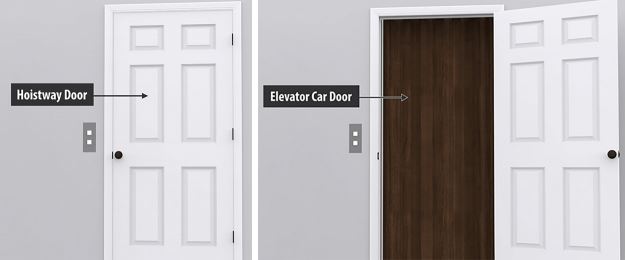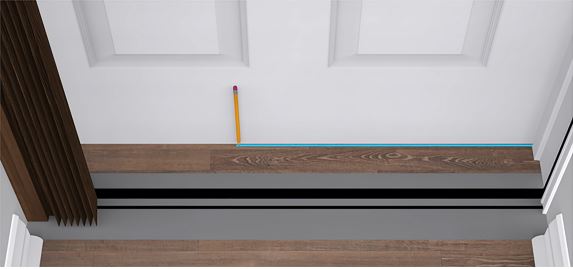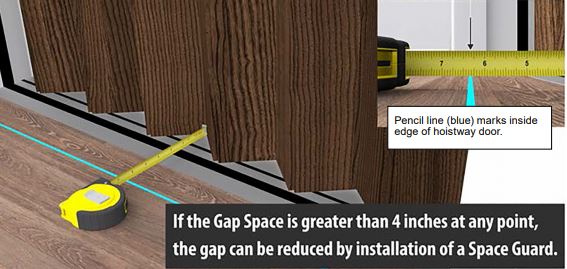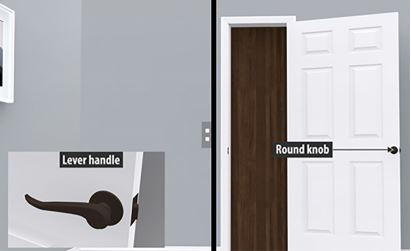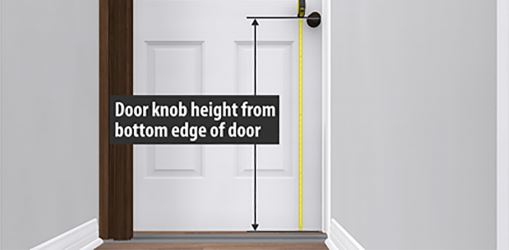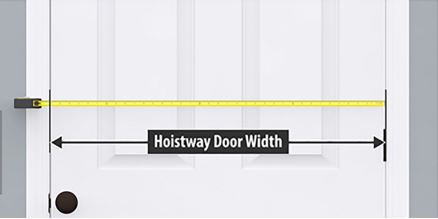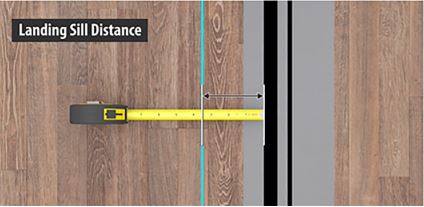Observe the Gap space in the elevator
The space between the inside of the hoistway door and the deepest part of the elevator car door/gate is the “Gap Space.” The diagram below (see Figure 2) illustrates where this space is. If this space exceeds 4 inches at any point, there is a risk of a child becoming trapped in this space. If the elevator moves while the child is in this space, they could be seriously injured or killed.
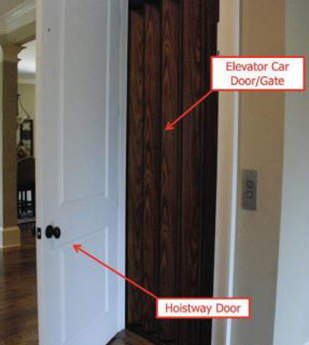
Figure 1: Elevator Car and Hoistway Door
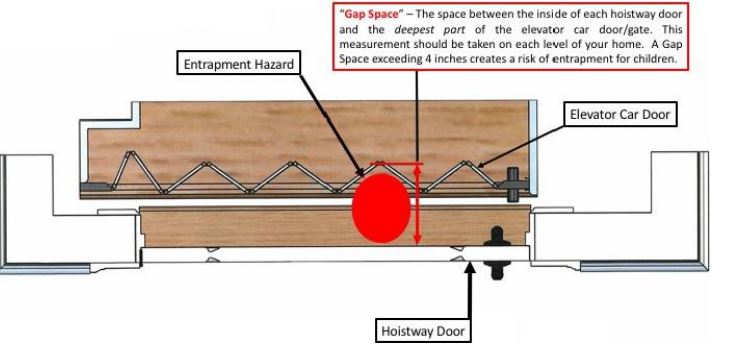
Figure 2: show Gap space
The first step is to determine whether the Gap Space in any entrance served by your home elevator exceeds 4 inches at any point. This measurement must be obtained at every floor and every entrance served by the elevator, with the elevator car at that floor, since the size of the gap may differ from floor to floor.
if you have doors that operate manually:
- 1 Call the elevator car using the hallway call button
- 2 When the car arrives, open the hoistway door but leave the elevator car door/gate closed
- 3 Identify that part of the “door stop” which aligns with the inside of the hoistway door (see Figure 2)
- 4 Identify the deepest part of the elevator car door/gate (see Figure 3)
- 5 Take multiple measurements at different parts of the elevator car door/gate to determine whether any of the Gap Spaces exceed 4 inches at any point
- 6 Repeat these steps at every floor and every entrance serviced by the elevator
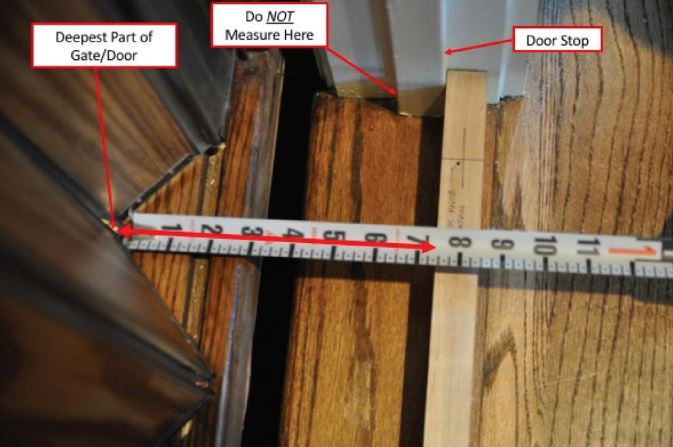
Figure 3: Measuring Gap space
